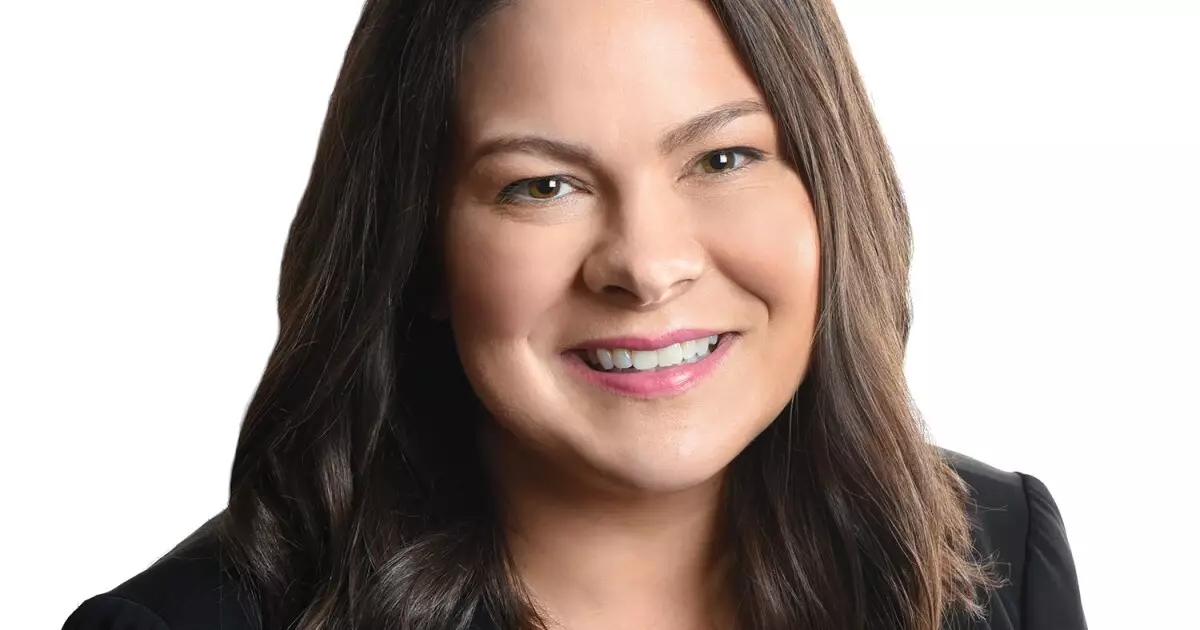The high-yield municipal bond market is decidedly rising from the chaos of 2022 and 2023. This sector experienced significant outflows, and investor sentiment remains tenuous. Nevertheless, there seems to be a burgeoning optimism among stakeholders as they anticipate a fervent demand for the limited high-yield offerings. One example that stands out is the $2.5 billion issuance for Brightline West’s high-speed rail project, which made waves by offering nearly double-digit yields—a rate that even seasoned investors couldn’t overlook. Such financing projects reveal that even in a landscape shaken by uncertainty, opportunities for profitable investments linger for discerning investors.
This assertion stands in stark contrast to the postponed $1.2 billion revenue bond release for the American Tire Works Project. Investor hesitance highlighted the complexities surrounding risk evaluation in current market conditions. John Miller from First Eagle Investments articulates an important observation—investors are no longer diving into high-yield munis as they once did; rather, they’re treading cautiously. “Maybe the flow environment is not quite as high as the new issuance environment,” he stated, a sentiment that rings true for many in this mixed-demand landscape.
High-Yield’s Share in the Muni Market
Currently, high-yield bonds occupy a modest 10% of the $4 trillion municipal market according to Macquarie, with investment-grade lumbering ahead at 93.2%. These statistics cast a spotlight on the prevailing detachment between high-yield availability and prevailing demand dynamics—signals that investors should heed closely. The year 2025 has witnessed a bump in high-yield issuance, with statistics indicating it accounts for 6.8% of total supply. As year-on-year numbers show growth rates that are nearly on par with investment-grade issuances, one can’t help but appreciate the dual trajectory these markets are on.
High-yield munis clinched the title of the best-performing segment of the tax-exempt market last year. Eaton Vance reported that a staggering 38% of net inflows into municipal mutual funds found their way into high-yield portfolios, even as the overall supply constituted merely 6%. This disparity reveals a market paradox: limited supply balanced against robust demand. The situation echoes a simple truth—when a sector demonstrates potential, astute investors will gravitate towards it, regardless of prevailing market headwinds.
Investors Show Measured Enthusiasm
Investors’ nuanced appetite for high-yield offerings has emerged even amid volatility. The recent weeks have borne witness to remarkable demand for speculative-grade deals, evidenced by a B1-rated $400 million issuance that enjoyed oversubscription. Birch Creek Capital reported this enthusiasm as indicative of a gradual shift in investor sentiment, giving hope to market participants who had witnessed periods of stasis.
Portfolio managers like Shannon Rinehart point out that even during turbulent trading days, certain positions were opportune to offload, not necessarily indicating widespread distrust but a prudent managerial choice. The capacity to respond appropriately to an evolving landscape offers investors a kind of resilience that signals long-term viability in high-yield munis.
The Influence of Federal Policies and Emerging Trends
As the political landscape continues to evolve, issues like potential changes to the tax-exempt status of certain bond issuances cast shadows over the high-yield sector. Investors keenly observe regulatory developments, especially as issuers aim to navigate these uncertainties. Mohammed Murad of PTAM offers insight by discussing trends in senior living spaces and land-secured deals, which are prime examples of unique sectors poised for growth as populations shift and mature.
The anticipation of increased supply in high-yield markets is further compounded by unique needs within specific industries. As the business models in senior living evolve, compelling issuers to issue bonds to remain competitive, investors should be attuned to upcoming opportunities that may unfold within this niche too.
The Transition Towards Private Credit
Interestingly, some potential high-yield supply is steering towards the burgeoning private credit market. This shift presents a critical nuance worth noting: segmenting the focus away from traditional public bond markets could either mitigate risk or divest potential liquidity. Investigators like Josh Rank suggest this transition represents a broader trend towards alternative financing mechanisms, moving from conventional triple-C issuances towards more intricate lending structures.
Tamara Lowin of VanEck underscores that the momentum in high-yield markets may not solely align with traditional bond offerings but also incorporate robust credit fundamentals. With the ongoing resilience of the economy and steadily low default rates, investors appear set to maintain their focus on higher returns, advocating for a closer review of high-yield municipal bonds amidst the shifting sands of the financial landscape.


Leave a Reply